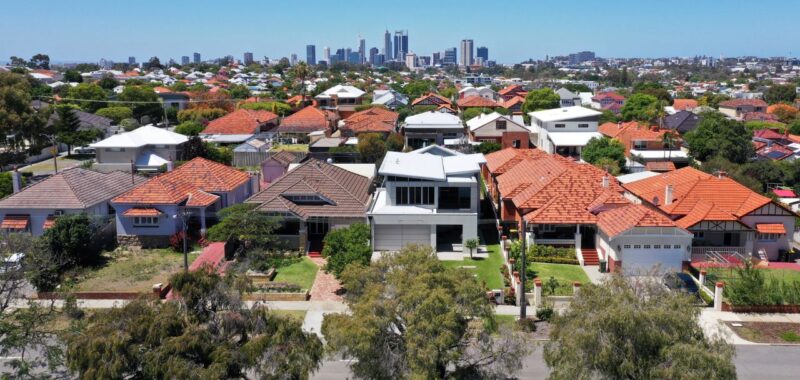According to the latest PIPA National Market Update, Perth, Adelaide and Brisbane are finishing the year with double-digit dwelling price growth, with few signs of slowing down in 2025.
PIPA Chair Nicola McDougall said Sydney prices have reached record highs, despite showing the first monthly decline since January 2023.
In Victoria, Director of JL Property, Jenny Jia, said the market remained sluggish with Melbourne’s dwelling prices falling by 1.1 per cent during the September quarter.
“Victoria’s real estate market remained sluggish and was in a state of a buyer’s market in the September quarter,” Ms Jia said.
Perth has emerged as one of the strongest performers, with Mortgage Broker Glenn Biggins noting significant growth.
“Perth’s property market continues its impressive run, outperforming the rest of Australia in September, with a median house price up 24.1 per cent for the year to $797,184 – surpassing Melbourne’s $777,390,” Mr Biggins said.
In South Australia, Bryan Ong, Director of Rise High Investor, said Adelaide’s market has shown notable resilience.
“The median house price in Adelaide has climbed to $790,789, reflecting a robust 4 per cent increase year-on-year. This growth has enabled Adelaide to overtake Melbourne in median house prices,” Mr Ong said.
The Queensland market has proven to be one of the strongest performers, according to Hotspotting Director Terry Ryder.
“Queensland has proved to be one of the best market performers over recent years, with strong price growth recorded in most municipalities as well as across dwelling styles,” Mr Ryder said.
Claire Corby from Capital Buyers Agency, said the rental market remains tight across most capital cities, with vacancy rates below 1 per cent in many areas, leading to continued upward pressure on rents.
“Without any relief on interest rates, the outlook suggests that prices could see further modest declines,” Ms Corby said.
“In the meantime, we can probably expect further upwards pressure on housing values alongside a further erosion in housing affordability, even as interest rates stay ‘higher for longer’.”

